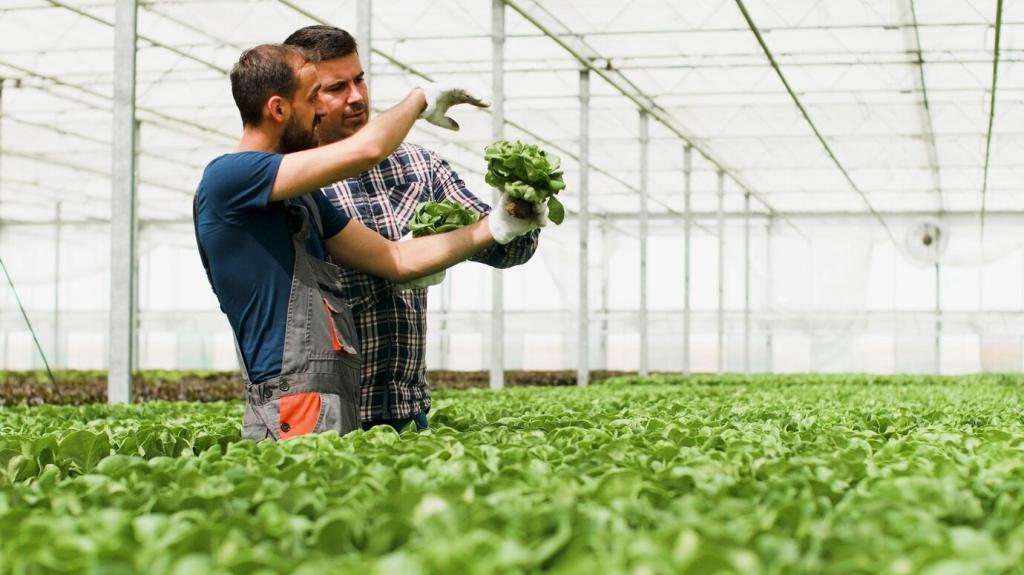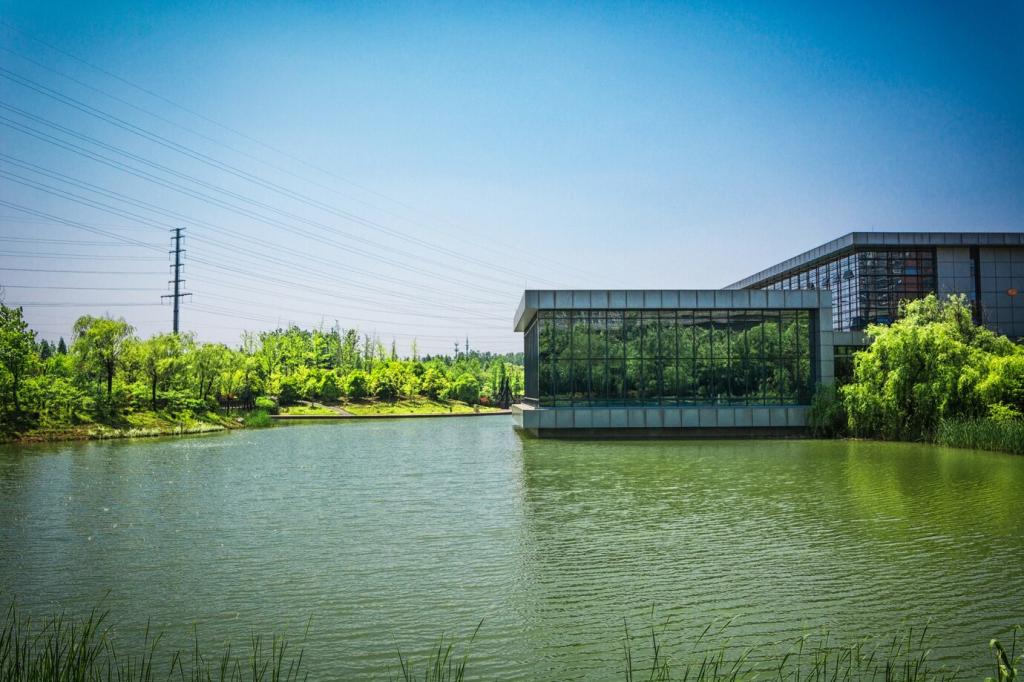This website uses cookies so that we can provide you with the best user experience possible. Cookie information is stored in your browser and performs functions such as recognising you when you return to our website and helping our team to understand which sections of the website you find most interesting and useful.
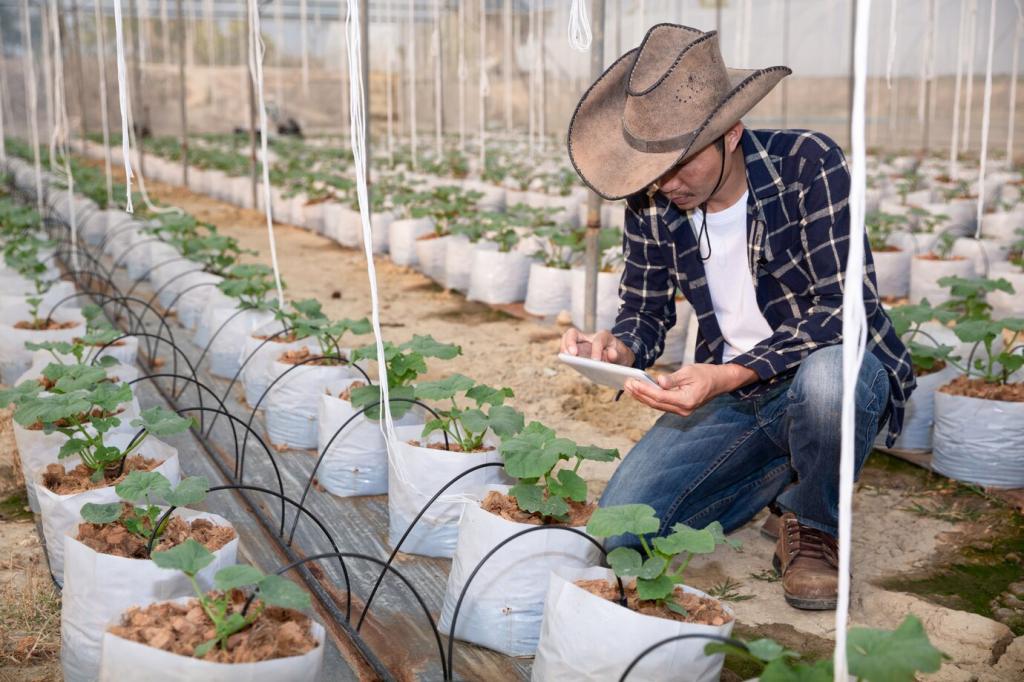
Urban Farming: Transforming Cityscapes
Urban farming is redefining the way we interact with the environments in which we live, work, and play. As cities grow denser and green spaces become more limited, urban agriculture offers a promising solution to food security, community engagement, and environmental sustainability. By transforming rooftops, vacant lots, and even indoor spaces into productive green zones, urban farming is shifting cityscapes from concrete jungles to thriving hubs of biodiversity and innovation. This new wave of agriculture is bringing fresh produce closer to urban dwellers, reducing food miles, and fostering a renewed connection between people and the food they consume. Explore how urban farming is changing not only the physical appearance of our cities but also their social and ecological fabric.
The Rise of Urban Agriculture
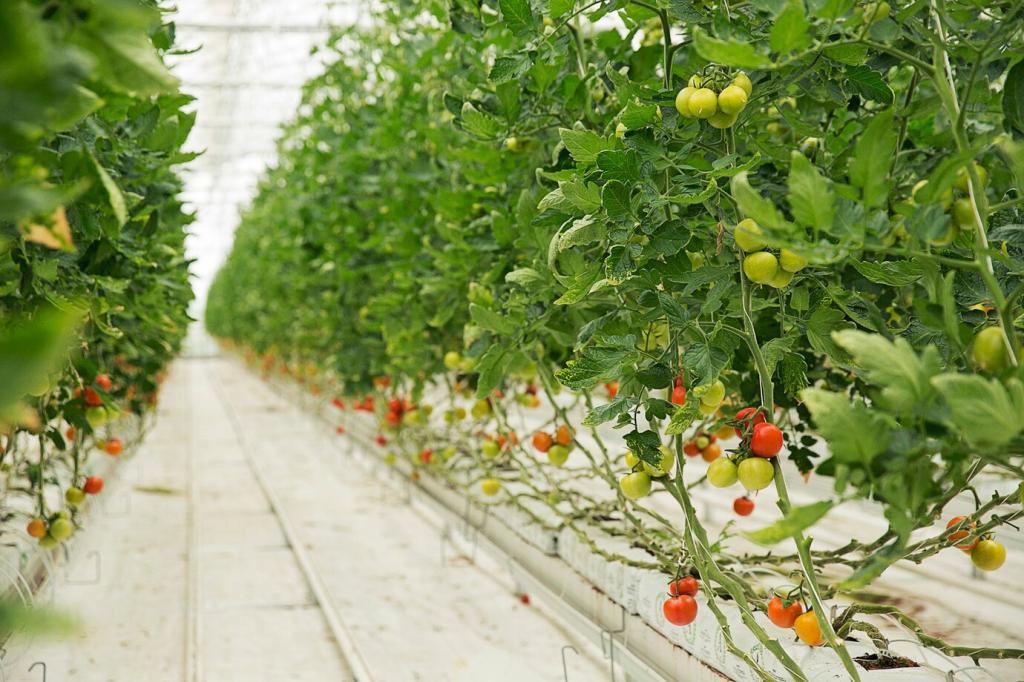
Innovative Urban Farming Methods
Vertical Farming and Hydroponics
Rooftop and Balcony Gardens
Indoor and Community Growing Spaces
Community Engagement and Social Impact
Building Community Connections
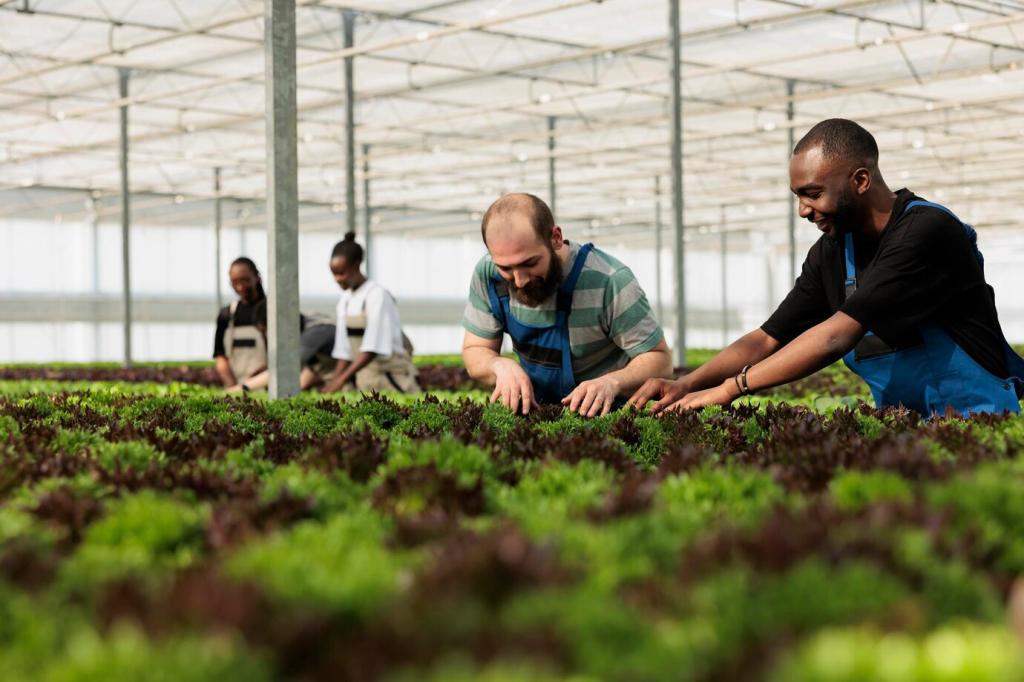
Urban Farming and Sustainability
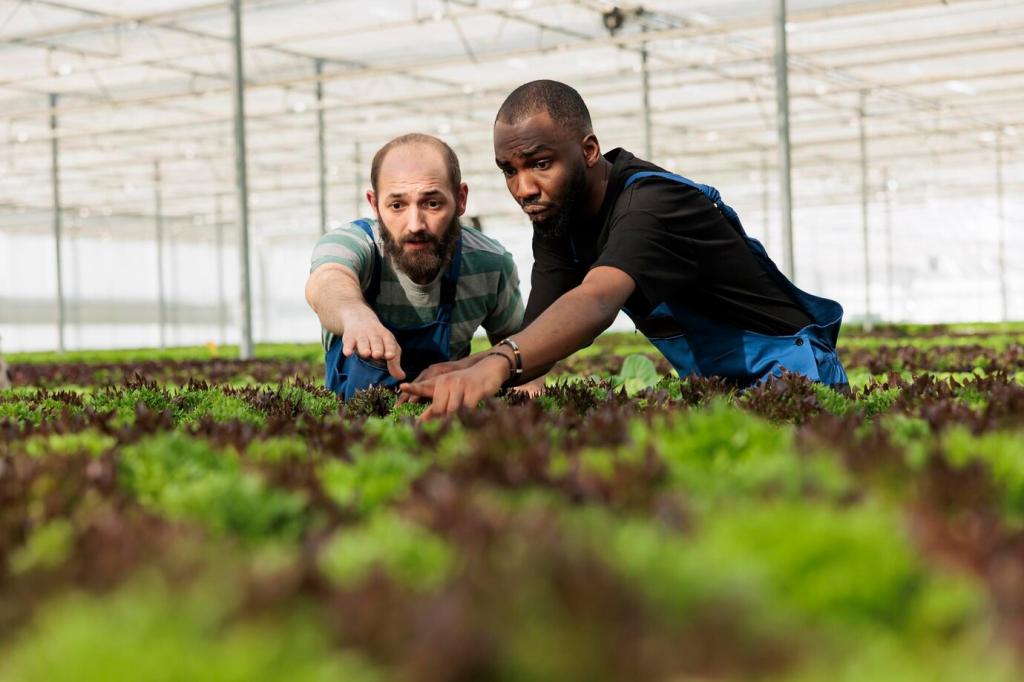
Economic Benefits for Cities
Job Creation and Green Entrepreneurship
